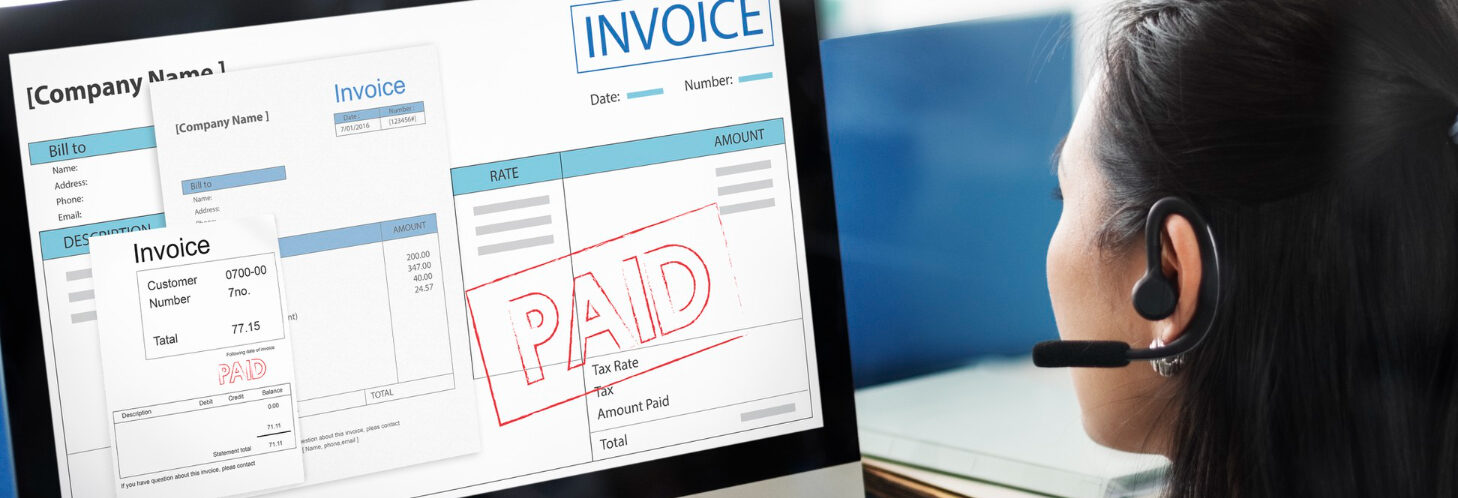Posted on 10/02/2025
In today’s business landscape, maintaining security is paramount, and one of the most effective ways to do this is through office CCTV systems. Office CCTV (Closed-Circuit Television) is not just about monitoring; it serves as a critical tool for ensuring safety, compliance, and efficiency in the workplace. This guide explores the best applications of office CCTV and why IT managers should consider investing in these systems for enhanced security.
Office CCTV involves using video cameras to transmit signals to a specific place on a limited set of monitors. Unlike broadcast television, the signals are not openly transmitted, offering businesses a private way to monitor their premises. CCTV cameras can be installed inside and outside office spaces to capture real-time footage, which can be stored and reviewed when needed.
CCTV systems are an essential part of any security setup. They deter criminal activities, provide evidence in the event of an incident, and enhance overall office safety. For IT managers, CCTV systems also offer a layer of protection for valuable equipment and data.
One of the primary applications of CCTV is real-time monitoring and surveillance. Cameras positioned at strategic points around the office can monitor high-traffic areas, entry and exit points, and vulnerable spots. This setup helps security teams keep an eye on activities and identify potential threats early.
CCTV systems work alongside access control solutions to ensure that only authorised personnel can enter restricted areas. Cameras positioned at entry points can capture footage of everyone who enters the office, providing a visual record that complements access logs. This integration is vital for businesses that handle sensitive information or high-value assets.
In the event of theft, vandalism, or any other incident, CCTV footage serves as a crucial piece of evidence. High-quality video recordings can help identify culprits, provide insights into how the incident occurred, and assist law enforcement in investigations. This application is especially valuable in offices where high-stakes activities occur daily.
CCTV cameras are not just about protecting physical assets; they also play a critical role in ensuring employee safety. Cameras installed in common areas, such as break rooms, corridors, and parking lots, help monitor behaviour and prevent incidents of harassment or misconduct. This visibility encourages a safer, more respectful work environment.
Many offices have remote areas or rooms that are rarely occupied, such as server rooms, storage areas, or loading docks. Installing CCTV cameras in these locations ensures that these areas are continuously monitored, reducing the risk of unauthorised access or neglect. For IT managers, this adds a layer of security to sensitive spaces, ensuring systems are protected from internal and external threats.
CCTV systems can be instrumental during emergencies, such as fires or medical incidents. Real-time footage helps security teams and emergency responders assess situations quickly, determine the location of individuals, and coordinate evacuation or intervention efforts. This application improves overall response times, potentially saving lives and minimising damage.
Certain industries have strict security and monitoring regulations. CCTV systems help businesses meet these requirements by providing continuous monitoring and recording capabilities. For IT managers, ensuring compliance through CCTV not only protects the business legally but also instils confidence in clients and partners.
CCTV footage can be a powerful tool in protecting businesses from false claims or disputes. Whether it’s an injury claim by an employee or a dispute with a visitor, having video evidence can clarify what truly happened, saving the company from costly legal battles and protecting its reputation.
By installing CCTV cameras, businesses can promote a culture of accountability. Employees are more likely to adhere to company policies and standards when they know their actions are being monitored. This application helps reduce misconduct, improve productivity, and create a more disciplined work environment.
IT managers should start by assessing the specific security needs of their office. Consider the size of the premises, the number of entry points, and the areas that require constant monitoring. This assessment will help determine the type and number of cameras required for optimal coverage.
Choosing a CCTV system that integrates well with existing security measures, such as access control and alarm systems, enhances overall security. IT managers should ensure that new CCTV installations can communicate with current infrastructure for seamless operation and easy management.
Investing in high-quality cameras with clear image resolution is crucial. Additionally, the system should be scalable, allowing businesses to add more cameras as they grow. While cost is an important factor, the value of reliable and robust CCTV systems far outweighs the initial investment.
Office CCTV systems are a valuable asset for enhancing security, improving workplace safety, and meeting compliance requirements. IT managers looking to protect their office environment should consider investing in a tailored CCTV solution that meets their specific needs. To explore the best options for your business, visit Office CCTV and request a callback today.

In today s fast-paced business environment managing documents efficiently is crucial for organisational...

Managing accounts payable AP can be a time-consuming and error-prone task for small...

Efficient cash flow management is essential for small and medium-sized business owners Accounts...
"*" indicates required fields
Did you know that our website now features “Ness”, our very own ChatBot?
Ness allows you to quickly resolve all sorts of queries that you might have including:
Just go to the ‘Chat with us’ icon in the bottom right-hand corner of this site…fill in some details…quickly get the answer you need from Ness…and get on with your day!
